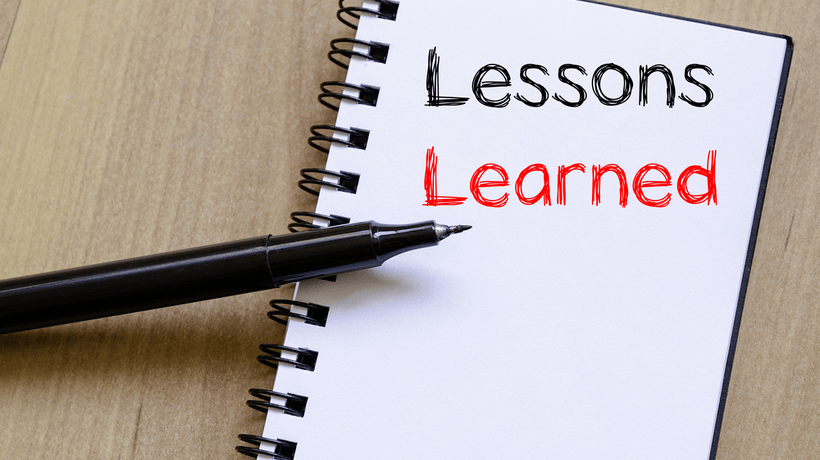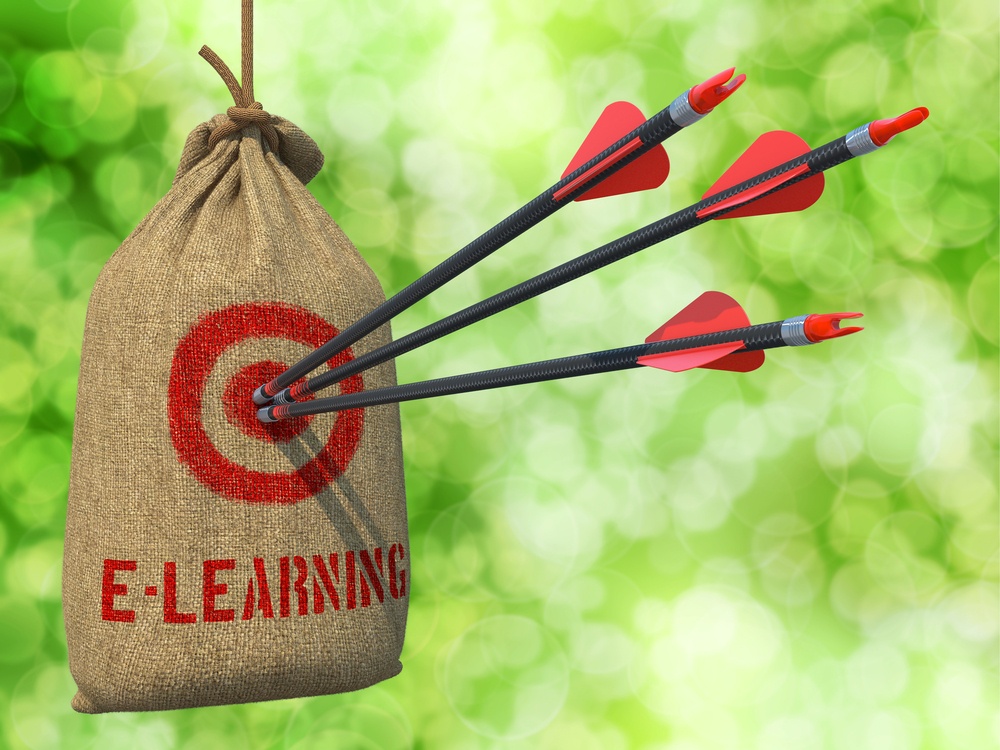Discover How To Write Successful Learning Outcomes
Have you ever written a learning outcome before? If you’ve designed a learning experience before, be it a face-to-face workshop, an eLearning course, or even just a quick quiz, you may have given it a go. If you found it hard to decide what to write for your outcomes, or even just wondered what the point of all this was, then you’ve come to the right article.
In this article, we’ll cover everything you need to know about learning outcomes including how to use them, why you should use them, and how to write them effectively.
What Are Learning Outcomes?
Learning outcomes describe the knowledge, skills, or abilities a learner should acquire from completing a learning experience. Learning outcomes should contain an action verb (e.g., "describe" or "analyze") that is used to measure the learner’s level of competency through assessment. Learning outcomes are an important tool for trainers, learning designers, and teachers around the world.
What Are Action Verbs?
Action verbs are “doing” words. They are a single word that describes an action for the learner to be able to do.
The best tool to use when choosing action words for learning outcomes is Bloom’s Taxonomy. Bloom’s Taxonomy is a framework for categorizing different kinds of actions according to the type of cognition they require. In other words, each category requires a different kind of thinking, and thus, each category is associated with different action words. Being able to select action words from a wide range of categories indicates that your learning experience engages multiple different kinds of thinking.
What Is The Purpose Of Learning Outcomes?
Learning outcomes have 2 important functions:
- Learning outcomes are used by the learning experience creator to guide the design of the learning experience. They should be used during every step of the creation process to ensure that all the content and activities work to meet them.
- When shared with the learners at the beginning of the learning experience, learning outcomes allow learners to understand the purpose of learning and how it might fit into a broader curriculum of learning.
Why Are Learning Outcomes So Important?
Writing learning outcomes is one of the first and most important steps in creating a learning experience, whether it is a face-to-face workshop, an eLearning course, or any other format. In fact, learning outcomes should be written directly after creating a learning persona so that the outcomes can be effectively matched to the needs of the learners.
When learning outcomes are written early in the design process, they serve as a critical litmus test for every following stage. For example:
- During the content gathering stage, all content should be held against the learning outcomes to determine if the content effectively advances the learner toward achieving the outcomes.
- During the sequence and activity design stage, the learning outcomes can be used to choose activities that employ the outcome action verbs, such as activities that involve categorizing or identifying.
- During the assessment design stage, all questions should be designed to directly assess the learners' achievement of the learning outcomes, thereby avoiding questions that test irrelevant details from the course.
When learning outcomes are used consistently and effectively throughout the design and creation of a learning experience, the result is an experience that is far more engaging for learners. This is because:
- The learning content will be more focused, relevant, and concise.
- The activities assist learners to actively practice learning.
- The assessment will require learners to demonstrate useful and applicable knowledge or skills.
When learners feel that a learning experience is relevant and beneficial for their needs, they will be more engaged in learning and more likely to apply and retain what they have learned.
How To Write Successful Learning Outcomes
- Frame your learning outcomes beginning with the phrase: “By the end of this learning experience, the learner will be able to…”
- Select an action verb using Bloom’s Taxonomy.
- Conclude with a statement of the desired knowledge or skills.
- Review and revise your learning outcome until it is as accurate and specific as possible.
It is also important to review your final set of learning outcomes in comparison to one another. Without this step, you may find yourself repeating the same action verbs multiple times, or choosing all action verbs from the same category of Bloom’s Taxonomy. If this is the case, it may be an indication that your learning experience is heavily weighted toward memorizing content and not toward applying the knowledge or situating it in context. This may be desirable if the course is one part of a blended learning approach or one part of a suite of courses, but if it is a stand-alone course, it may be worth reviewing your content.
Creating precise learning outcomes takes time and practice. The effort is well worth it however, as the more accurate and precise the learning outcomes are, the more likely your learning experience will hit the mark and give learners what they need to succeed in their job.









